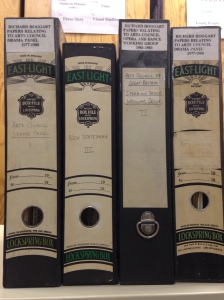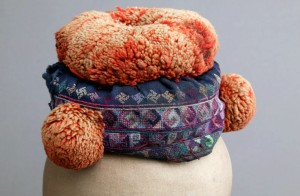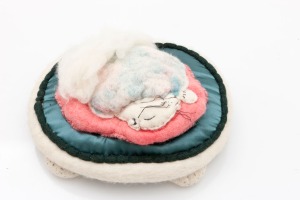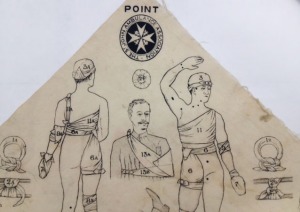Overview
The total number of records in Goldsmiths Research Online (GRO) at 31st October 2014 is 6,952. Over 100 new items were added to GRO during the month of October.
The most popular three GRO items of the month were all PhD theses. These were:
FLOSSTV: Free, Libre, Open Source Software (FLOSS) within participatory ‘TV hacking’ Media and Arts Practices (2012) by Adnan Hadziselimovic.
Digital Desire and Recorded Music: OiNK, Mnemotechnics and the Private BitTorrent Architecture (2011) by Andrew Sockanathan.
Netmodern: Interventions in Digital Sociology (2011) by Christopher Brauer.
44,530 items were downloaded from GRO this month. The countries that downloaded the most were China, Germany and United States.
New in GRO This Month
Research outputs available on GRO range from book chapters to music compositions, from artworks to journal articles. Here is a small selection from the recent deposits:
Sarah Kember from Media and Communications published a paper in Journal of Visual Culture about face recognition and smart photography. In this paper, Kember looks at two of the principal algorithms of face recognition technology to demonstrate the materialization of discriminatory ways of thinking through software. You can read the paper in full here: http://research.gold.ac.uk/10827/
Rob Imrie from the Department of Sociology co-edited a book entitled Sustainable London? The Future of a Global City. “The book explores the rise of sustainable development policies in London, and evaluates their relevance and role in sustaining people and the places and environments that they live in.” (From the book description.) You can view the GRO deposit here: http://research.gold.ac.uk/10725/
As part of the Open Access Week 2014, GRO held two events in October about open access, new HEFCE policies, and the next REF assessments. The slides of these talks can be found on GRO.
Open Access and REF2020: How not to let new HEFCE rules ruin your life: http://research.gold.ac.uk/10800/
Getting the Most out of Open Access Post Award: http://research.gold.ac.uk/10785/
Deposit Your Work
If you are an academic or a PhD student at Goldsmiths, you can deposit your research outputs on GRO. If you need any help or guidance, please email the GRO team at gro@gold.ac.uk.
More about GRO Stats
We are publishing brief reports every month if you are interested in seeing GRO’s monthly upload and download activity. You can access the October report here.






